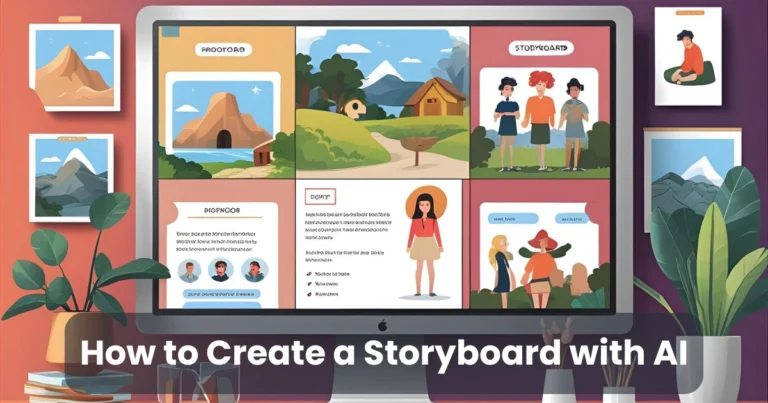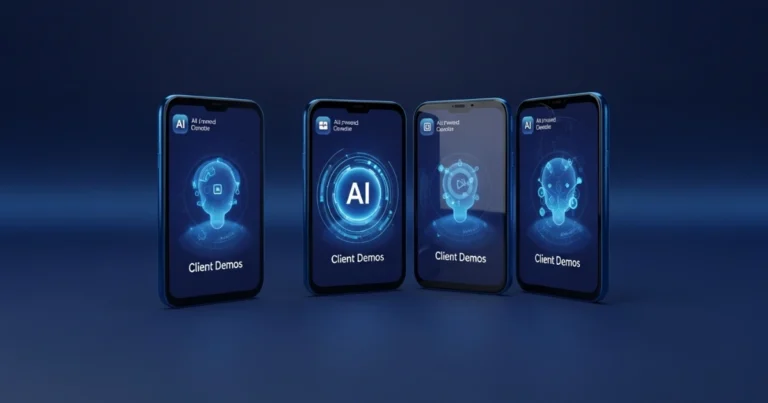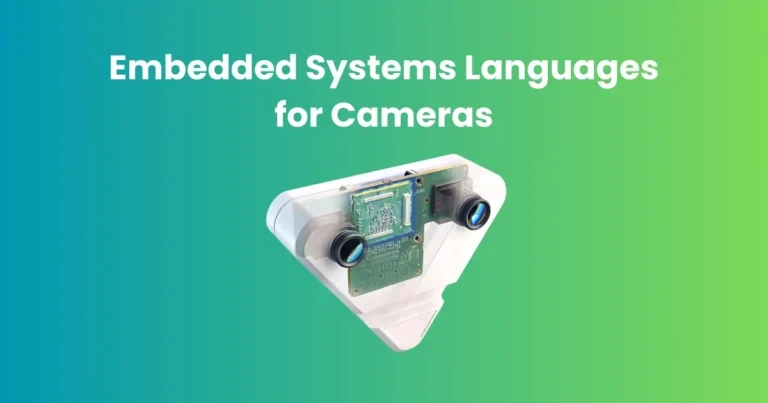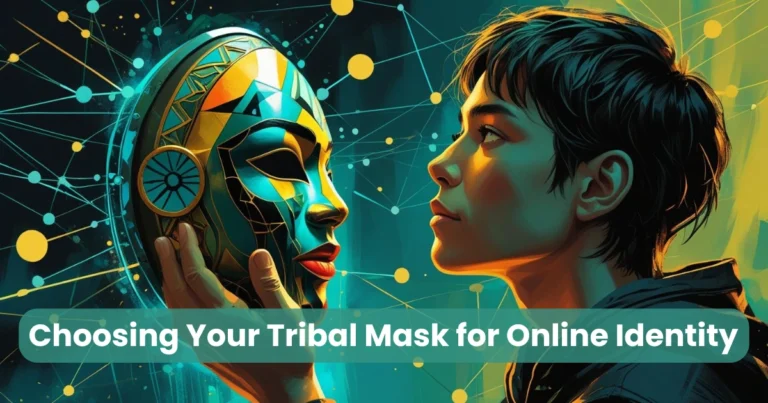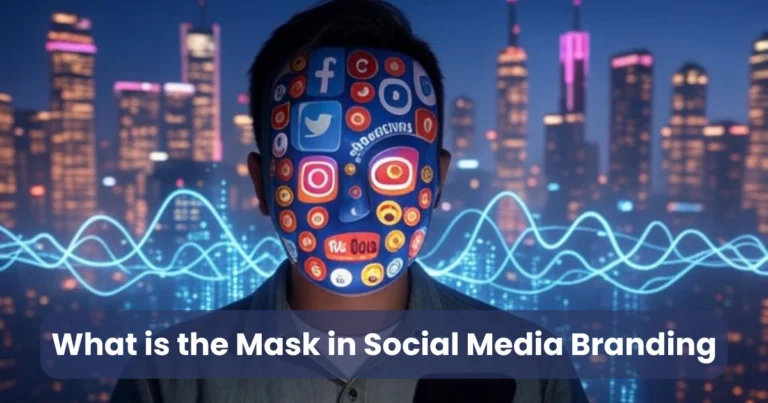image-to-video neural networks
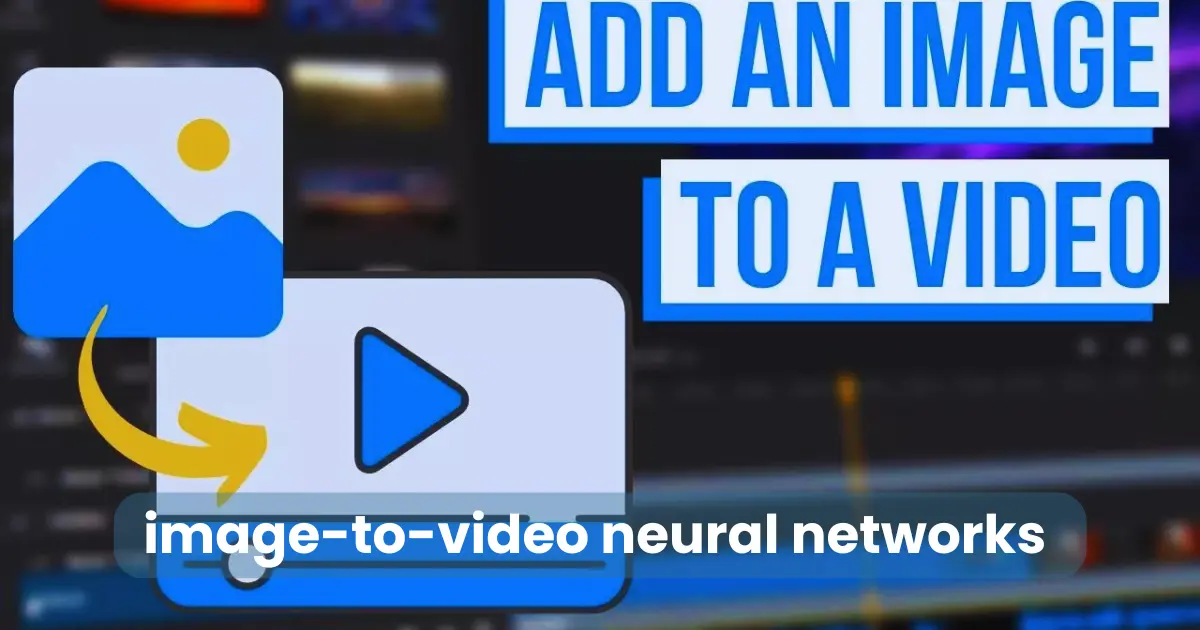
Contents
In recent years, image-to-video neural networks have revolutionized artificial intelligence by enabling static images to be transformed into dynamic videos. These advanced AI models use deep learning to predict motion, interpolate frames, and generate realistic animations. With the rise of AI-driven creativity, they are becoming essential tools in industries like animation, gaming, and medical imaging.
As technology evolves, these neural networks continue to push the boundaries of video generation. They not only enhance automation but also open new possibilities for content creation. This article explores how it work, their applications, popular models, challenges, and future potential.
How Image-to-Video Neural Networks Work
Image-to-video neural networks rely on deep learning techniques to analyze static images and generate realistic video sequences. These networks predict motion, interpolate frames, and synthesize smooth transitions, mimicking real-world dynamics. Several AI architectures contribute to this process, including Generative Adversarial Networks (GANs), Recurrent Neural Networks (RNNs), and Transformers.

The Role of Deep Learning
Deep learning forms the backbone of image-to-video neural networks, enabling AI models to recognize patterns, textures, and movement cues from training datasets. These networks are trained on massive video datasets, allowing them to learn how objects move and interact over time. Through advanced neural processing, they estimate the most likely transitions between frames, generating seamless motion.
Generative Adversarial Networks (GANs)
GANs are among the most powerful AI models used in image-to-video neural networks. They consist of two competing neural networks:
- Generator – Creates video frames based on input images and motion predictions.
- Discriminator – Evaluates the generated frames, ensuring they appear realistic and match expected motion patterns.
This adversarial process continuously improves video quality, making GAN-based networks highly effective for realistic animation and content generation.
Recurrent Neural Networks (RNNs) and Transformers
Unlike traditional models, RNNs process sequential data, making them useful for video generation. They analyze temporal dependencies, ensuring that each generated frame logically follows the previous one. However, transformers have begun replacing RNNs due to their superior efficiency in handling long-range dependencies.
Modern networks integrate transformer-based architectures, such as Vision Transformers (ViTs), to generate higher-quality videos with improved coherence and motion accuracy. These advancements are making AI-generated video more lifelike and applicable across multiple industries.
Applications of Image-to-Video Neural Networks
They have transformed multiple industries by enabling AI-driven video generation from static images. These advanced models enhance creativity, automation, and realism in digital content. Below are some of the most impactful applications:

1. Animation and CGI
AI-powered image-to-video neural networks are revolutionizing animation and computer-generated imagery (CGI). Artists and filmmakers can convert concept art or still frames into animated sequences, reducing manual effort and production time. These networks assist in automating in-between frame generation, making animation smoother and more efficient.
2. Video Content Creation
The rise of AI-generated videos has made image-to-video neural networks essential for content creators. Social media marketers, YouTubers, and advertisers use these models to transform static images into dynamic content. This technology allows brands to produce engaging promotional videos without extensive video production resources.
3. Medical Imaging and Simulation
In healthcare, image-to-video neural networks improve medical imaging by generating predictive animations from scans such as MRIs and X-rays. AI-driven video simulations help doctors visualize organ functions, disease progression, and surgical procedures, leading to more precise diagnoses and treatments.
4. Gaming and Virtual Reality (VR)
Game developers and VR creators utilize image-to-video neural networks to generate realistic character animations, environment transitions, and motion effects. AI-based video synthesis enhances game realism by producing lifelike movements from static character models, reducing animation development time.
These applications highlight how they are shaping the future of AI-driven content creation, making video generation more accessible, efficient, and innovative.
Popular Image-to-Video Neural Network Models
As image-to-video neural networks continue to evolve, several AI models have emerged as industry leaders in generating high-quality video from static images. These models leverage deep learning, GANs, and transformer-based architectures to create realistic and dynamic animations.

1. OpenAI’s Sora
OpenAI’s Sora is a groundbreaking AI model capable of generating highly realistic video sequences from still images. It utilizes advanced diffusion models and transformer-based architectures to predict motion and create seamless video transitions. With its ability to generate detailed environments and lifelike movements, Sora is pushing the boundaries of AI-generated video.
2. NVIDIA’s StyleGAN for Video Synthesis
NVIDIA’s StyleGAN, originally developed for image synthesis, has been extended to image-to-video neural networks. By incorporating temporal coherence techniques, it enables smooth transitions between frames, making it suitable for applications in animation, gaming, and digital content creation. NVIDIA’s advancements in AI-driven video synthesis are setting new standards for realism.
3. DALL·E with Video Generation Capabilities
DALL·E, developed by OpenAI, is widely known for generating high-quality images from text prompts. However, recent developments have integrated video generation features, allowing it to transform static images into dynamic sequences. This innovation makes DALL·E a promising tool for AI-assisted animation and creative content.
4. Google’s Phenaki
Google’s Phenaki focuses on text-to-video generation but also supports image-to-video neural networks by predicting motion sequences from still frames. Using transformer-based architectures, Phenaki generates high-resolution videos with smooth transitions, making it a valuable tool for AI-driven storytelling and digital media.
These are leading the AI revolution, providing powerful tools for animators, content creators, and developers. With continuous improvements in deep learning, these models are making AI-generated video more accessible and realistic than ever before.
Challenges and Limitations of Image-to-Video Neural Networks
Despite the rapid advancements in image-to-video neural networks, several challenges and limitations hinder their widespread adoption. While these models offer incredible potential, they also face technical, ethical, and computational constraints.

1. High Computational Power Requirements
Training and running image-to-video neural networks require vast computational resources. These AI models demand high-end GPUs, large-scale datasets, and extensive processing power. As a result, only major tech companies and research institutions can afford to develop and refine them, limiting accessibility for smaller creators.
2. Maintaining Realism and Motion Consistency
One of the biggest challenges in AI-generated video is ensuring smooth and realistic motion. Many video neural networks struggle with unnatural transitions, flickering frames, or distorted movements. Improving temporal coherence and eliminating inconsistencies remain major research areas in AI video synthesis.
3. Data Dependency and Bias
AI models rely on massive datasets to learn motion patterns. However, biased or low-quality datasets can lead to unrealistic or unethical video outputs. Ensuring that networks generate diverse and unbiased content requires careful dataset selection and ongoing refinement.
4. Ethical Concerns and Deepfake Risks
One of the most controversial aspects of image-to-video neural networks is their potential misuse in creating deepfake videos. AI-generated content can be used to manipulate information, spread misinformation, or create deceptive visuals. Addressing ethical concerns and implementing AI detection tools are crucial for responsible AI development.
5. Limited Creative Control
While AI can generate impressive videos, creators often struggle with controlling specific details like precise camera angles, character expressions, or motion styles. Unlike traditional animation and video editing, image-to-video neural networks still lack fine-tuned artistic control, making them less practical for certain creative projects.
Despite these challenges, ongoing advancements in AI research continue to improve image-to-video neural networks. As technology evolves, better solutions for realism, ethical concerns, and creative control will enhance their effectiveness in video generation.
Future of Image-to-Video Neural Networks
The future of image-to-video neural networks is filled with groundbreaking advancements that will redefine content creation, AI animation, and digital storytelling. As deep learning continues to evolve, these models will become more powerful, efficient, and accessible. Here are some key developments expected in the coming years:

1. Advancements in AI Video Generation
It will produce even more realistic and high-resolution videos with enhanced motion consistency. Innovations in diffusion models, transformer-based architectures, and neural rendering will improve video quality, reducing artifacts and distortions. These improvements will make AI-generated video indistinguishable from real-world footage.
2. Integration with AR and VR Technologies
Augmented reality (AR) and virtual reality (VR) will greatly benefit from AI-powered video synthesis. Image-to-video networks will enable the creation of immersive, AI-generated environments, allowing users to interact with lifelike virtual worlds. This integration will revolutionize gaming, training simulations, and virtual storytelling.
3. Real-Time Video Generation
Current AI models require significant processing time to generate videos. However, future image-to-video neural networks will achieve real-time video synthesis, allowing users to create animations instantly from static images. This advancement will enhance applications in live streaming, interactive media, and AI-driven video editing.
4. Personalized Content Creation
AI-driven customization will enable users to generate videos tailored to their specific needs. From personalized avatars to AI-generated marketing content, It will allow brands and individuals to create unique, on-demand video experiences. This shift will democratize video production, making it accessible to a broader audience.
5. Ethical and Regulatory Improvements
As AI-generated video becomes more widespread, stricter ethical guidelines and AI detection tools will be developed to prevent misuse. Improved watermarking and authentication technologies will help distinguish AI-generated content from real footage, ensuring responsible use of image-to-video neural networks.
The future of image-to-video neural networks promises revolutionary changes across industries, making AI-driven video creation more advanced, ethical, and widely accessible. With ongoing research and innovation, these neural networks will continue to shape the digital landscape, opening new creative and technological possibilities.
Conclusion
Image-to-video neural networks are transforming digital content creation by enabling AI-powered video generation from static images. These advanced models have applications in animation, gaming, medical imaging, and marketing, making video production more accessible and efficient.
Despite their immense potential, challenges such as high computational demands, motion inconsistencies, and ethical concerns must be addressed. However, with continuous advancements in deep learning, these issues are gradually being resolved. Future developments will focus on improving video realism, integrating AI with AR/VR, enabling real-time generation, and ensuring ethical AI use.

